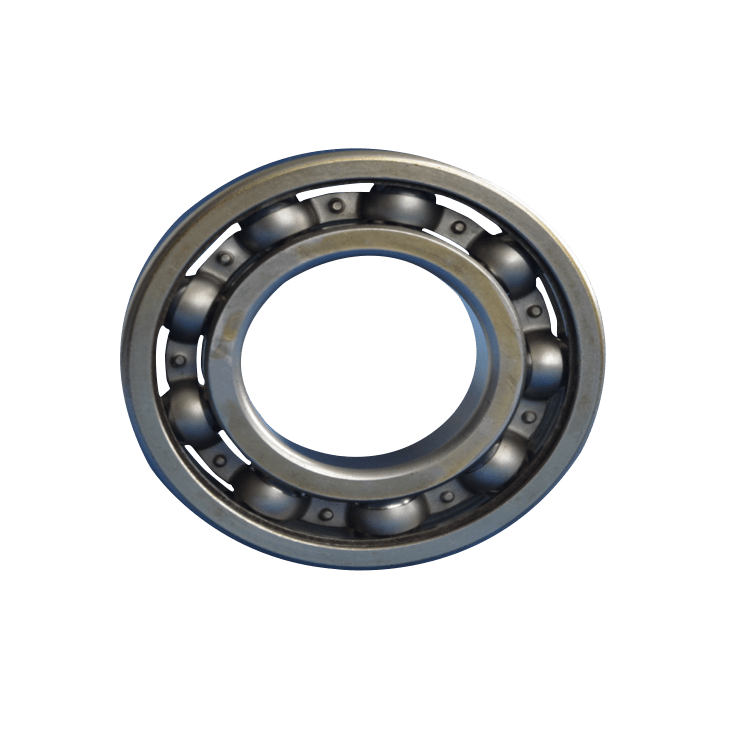Welcome to Tarso, professional special bearing manufacturer
A Ball Bearing consists of three parts: two grooved rin […]
A Ball Bearing consists of three parts: two grooved ringlike races and a set of hardened steel balls. They are separated by a carrier. The inner race is lightly pressed onto the shaft, while the outer race is held within a housing. The balls are placed inside the space between the races and roll with negligible friction within the grooves. A cage holds the balls in place and acts as a bearing retaining mechanism.
The reason why roller bearings fail depends on the type of application and on the industry in which they are used. The main causes are improper lubrication and contamination. Path pattern damage is one such problem. If you suspect path pattern damage, you can use a bearing puller to disassemble the bearing and examine the underlying cause. This will help you diagnose the cause of the failure and fix the problem. A bearing puller is an essential tool for performing a thorough inspection of the bearing.
When calculating the forces acting on the rollers, consider the eccentricities of the bearing. These eccentricities must be taken into account in determining the design load effects. High-quality bearings will accommodate a large range of pressures, including extremes. As a rule of thumb, the design friction coefficient shall be 0.05 for all steels. You can also use a Thomas Supplier Discovery Platform to locate potential suppliers. You can even use the search function to find a specific type of roller bearing.
Tapered roller bearings are preferred in applications with axial and radial loads, as the geometry eliminates the sliding motion between roller and race. However, the axial component of a tapered roller bearing will still apply a radial load, which should be considered. Tapered roller bearings also require great care in installing and adjusting preload. Too much preload could bind the roller, so be sure to pay close attention to the preload.
Wearing and tear is inevitable, but it is not permanent. With proper maintenance, it can be repaired or replaced. There are several factors that can shorten the lifespan of a roller bearing. One of these factors is smearing, a process in which material transfers over the bearing's surface. Wearing and tear are primarily due to wear and friction. The material loss is proportional to the volume of the bearing and the type of roller.
A deformed ball cannot roll smoothly. The different parts of the ball move at different speeds when it rolls, causing the bearing to 'drag'. The deformed ball also contributes to a lack of lubrication. The sloppy rolling action of the ball causes it to wear and tear. Further, repeated loading causes the ball to wear out. This leads to the wear and tear of the ball bearing. When this happens, the bearing will fail and the failure will become permanent.
Roller Bearings are another popular type of bearings. Like ball bearings, they are rolling elements that transmit loads. A single row of rollers is used for axial loads and double rows are used for radial loads. Different shapes of rollers help reduce friction and support axial and radial loads. If you are in search of a ball bearing, this article can help you identify the right one. There are many types available to choose from, so there are many options to choose from.

Structure & Size Range Of 316 Stainless Steel Ball Bearing
Rings: 316 Stainless Steel
Rolling Element: 316 Stainless Steel
Cage: 304 Stainless Steel
Size Range: ID3mm or up